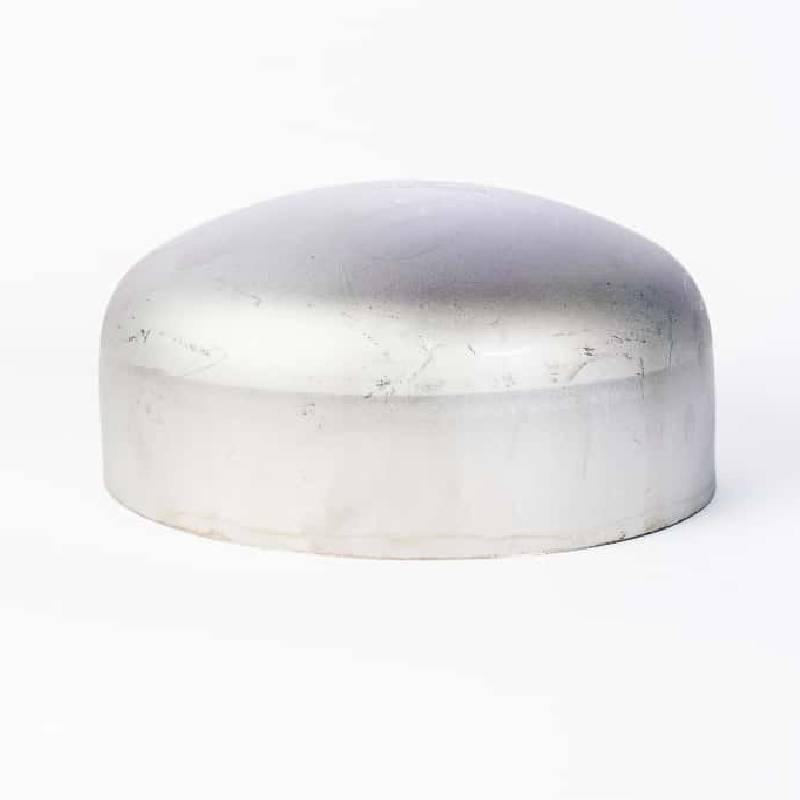-
Cangzhou Yulong Steel Co., Ltd.
-
Phone:
+86 13303177267 -
Email:
admin@ylsteelfittings.com
- English
- Arabic
- Italian
- Spanish
- Portuguese
- German
- kazakh
- Persian
- Greek
- French
- Russian
- Polish
- Thai
- Indonesian
- Vietnamese
- Zulu
- Korean
- Uzbek
- Hindi
- Serbian
- Malay
- Ukrainian
- Gujarati
- Haitian Creole
- hausa
- hawaiian
- Hebrew
- Miao
- Hungarian
- Icelandic
- igbo
- irish
- Japanese
- Javanese
- Kannada
- Khmer
- Rwandese
- Afrikaans
- Albanian
- Amharic
- Armenian
- Azerbaijani
- Basque
- Belarusian
- Bengali
- Bosnian
- Bulgarian
- Catalan
- Cebuano
- China
- China (Taiwan)
- Corsican
- Croatian
- Czech
- Danish
- Esperanto
- Estonian
- Finnish
- Frisian
- Galician
- Georgian
- Kurdish
- Kyrgyz
- Lao
- Latin
- Latvian
- Lithuanian
- Luxembourgish
- Macedonian
- Malgashi
- Malayalam
- Maltese
- Maori
- Marathi
- Mongolian
- Myanmar
- Nepali
- Norwegian
- Norwegian
- Occitan
- Pashto
- Dutch
- Punjabi
- Romanian
- Samoan
- Scottish Gaelic
- Sesotho
- Shona
- Sindhi
- Sinhala
- Slovak
- Slovenian
- Somali
- Sundanese
- Swahili
- Swedish
- Tagalog
- Tajik
- Tamil
- Tatar
- Telugu
- Turkish
- Turkmen
- Urdu
- Uighur
- Welsh
- Bantu
- Yiddish
- Yoruba

Nov . 13, 2024 03:28 Back to list
different kinds of couplings
Different Kinds of Couplings An Overview
In mechanical engineering, couplings play a crucial role in connecting different components of machinery, allowing for the transmission of torque and rotational movement. They are designed to accommodate various requirements of alignment, flexibility, and resistance to wear and tear. This article explores different kinds of couplings, their applications, and unique characteristics.
1. Rigid Couplings
Rigid couplings are designed to provide a fixed connection between two shafts. They are commonly used in applications where precise alignment is essential, and misalignment is not expected. Rigid couplings ensure minimal rotational backlash, making them ideal for high-speed applications such as conveyor systems and rotary machinery. However, they do not accommodate misalignment, which can lead to wear and premature failure if not correctly installed.
Flexible couplings are engineered to allow for slight misalignments between shafts without transmitting excessive stress. These couplings are particularly useful in applications where shaft alignment cannot be perfectly maintained, such as in high-vibration environments. Flexible couplings can absorb shock loads and dampen vibrations, thus prolonging the lifespan of machinery. Common types include gear couplings, bellows couplings, and elastomeric couplings. Each variation offers unique flexibility and torque transmission capabilities.
3. Fluid Couplings
different kinds of couplings

Fluid couplings utilize hydraulic fluid to transmit power between two shafts. They consist of an impeller and turbine, which allow for smooth torque transfer without physical contact between the components, reducing wear. Fluid couplings provide excellent overload protection and can absorb shocks, making them ideal for heavy machinery applications like mining equipment and industrial drives. These couplings also offer the ability to provide variable speed control, essential in specific operational scenarios.
4. Magnetic Couplings
Magnetic couplings use magnetic fields to transmit torque between two shafts without direct physical contact. This design eliminates wear and provides a hermetic seal, making them ideal for applications involving corrosive or hazardous materials. Magnetic couplings are often employed in pumps and mixing systems and are particularly beneficial in scenarios where leakage must be minimized.
5. Oldham Couplings
Oldham couplings are used primarily in applications requiring tolerance to angular and parallel misalignment. They consist of three components two hubs and a middle disc, allowing for lateral movement. The unique design of Oldham couplings makes them suitable for applications in robotics and automation, where precision and flexibility are essential.
Conclusion
Understanding the different kinds of couplings is vital for mechanical design and engineering. Each type offers distinct advantages and is suited for particular applications. By selecting the appropriate coupling, engineers can enhance the efficiency, reliability, and lifespan of mechanical systems. Whether using rigid couplings for precise alignment or flexible couplings for accommodating misalignment, each choice contributes to the overall performance of machinery. As technology continues to evolve, the design and materials used in couplings will likely advance, leading to even more efficient and durable solutions for a wide range of industrial applications.
Latest news
-
ANSI 150P SS304 SO FLANGE
NewsFeb.14,2025
-
ASTM A333GR6 STEEL PIPE
NewsJan.20,2025
-
ANSI B16.5 WELDING NECK FLANGE
NewsJan.15,2026
-
ANSI B16.5 SLIP-ON FLANGE
NewsApr.19,2024
-
SABS 1123 FLANGE
NewsJan.15,2025
-
DIN86044 PLATE FLANGE
NewsApr.19,2024
-
DIN2527 BLIND FLANGE
NewsApr.12,2024
-
JIS B2311 Butt-Welding Fittings LR/SR 45°/90° /180°Seamless/Weld
NewsApr.23,2024











